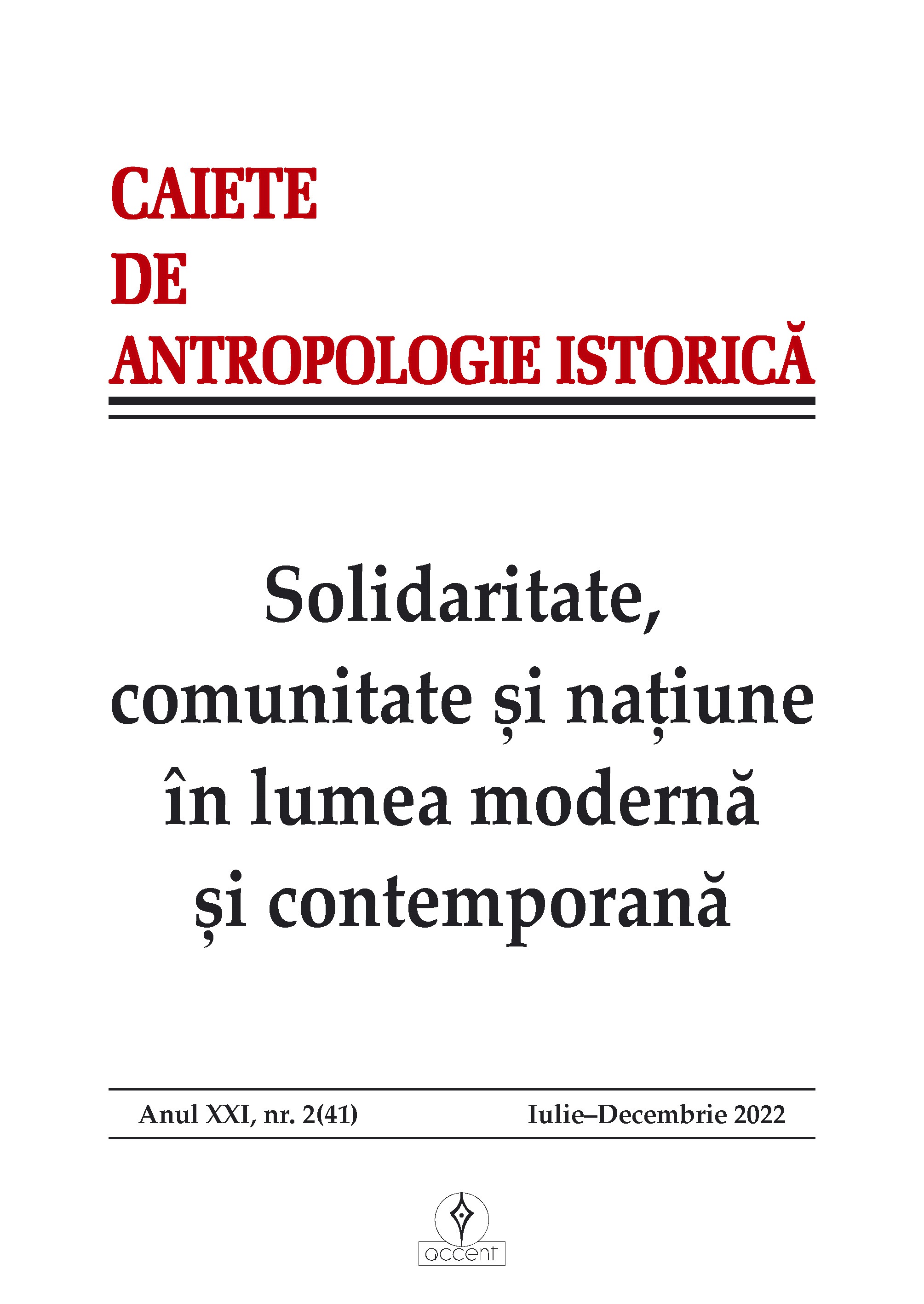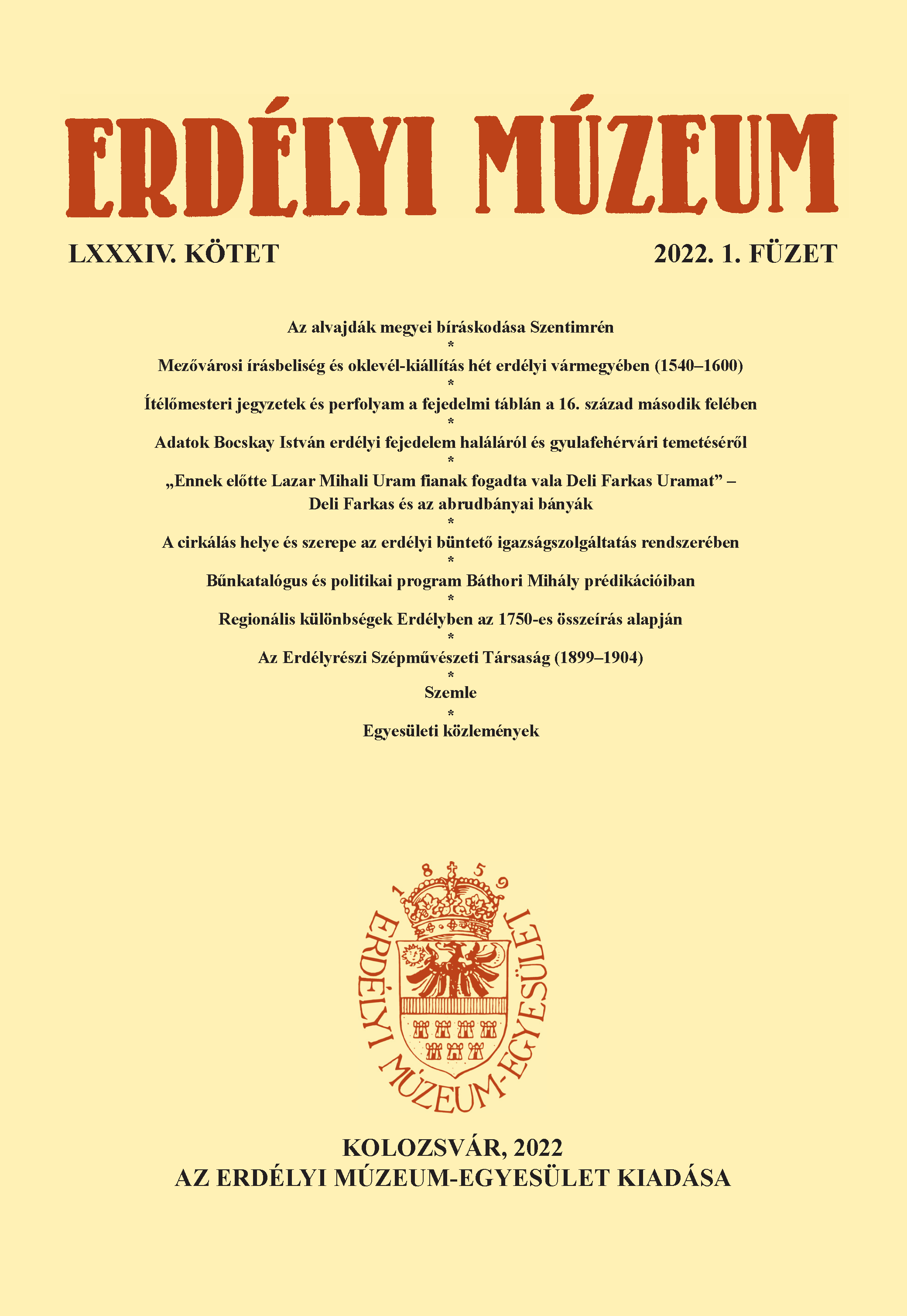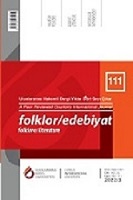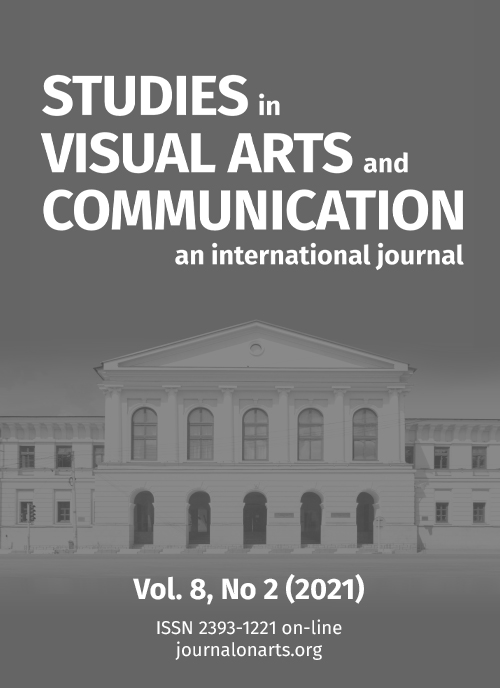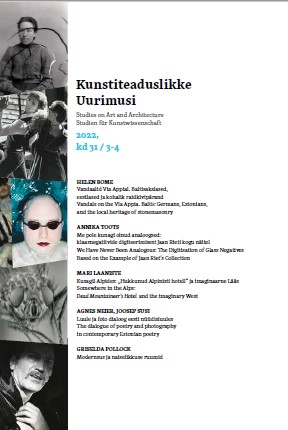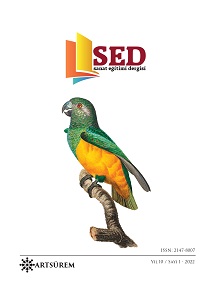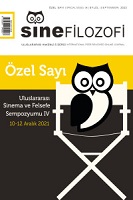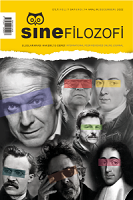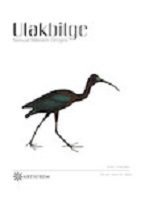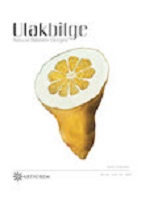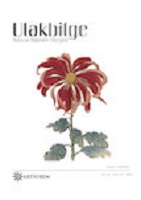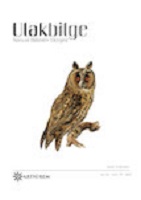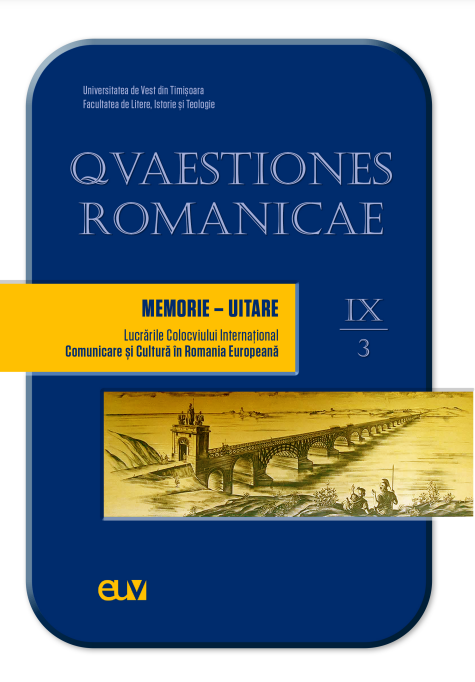
Amintiri digitale: abordări ale memelor românești asupra carantinei naționale
Shortly after the Romanian authorities had introduced restrictions amid the rise in COVID-19 cases, the meme pages progressively began to collect images that either brought to mind or made direct references to the lockdown and turn them into memes. This paper examines the production of memes through a multi-layered study of the most popular Romanian MPs from their peak, in early March, through the middle of May 2020. The interval includes the first days of the state of emergency (March 14−21), the night-time curfew (17), the national lockdown (24), the self-declaration for leaving the premises, and the movement restrictions for older people (March 30 – May 14), the Easter celebration and the Labor Day (April 12 / May 1). I use two major research strategies: (a) a quantitative analysis of the Romanian IMs and (b) case studies. Data have been collected from the digital archives of the following Facebook pages: Junimea, Omu Paiangăn, Ion Creangă, and 2Meme. By examining these, the paper seeks to clarify the process by which the exposure to the most popular form of anxiety relief and slacktivism, the IM, either created innocent digital memories of the lockdown or contributed to the spread of fear.
More...
